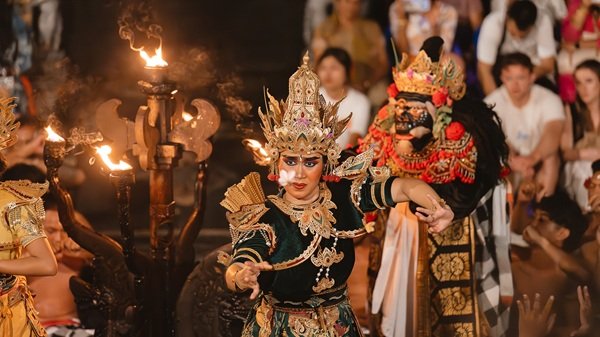AR App Brings Uluwatu Temple’s History to Life with GPS and Object Tracking
Uluwatu Temple stands apart among Bali’s popular destinations as a consecrated site perched on limestone cliffs overlooking the sea at sunrise and sunset. Every pavilion and shrine conveys layers of Balinese spirituality woven into centuries of tradition.
A student from Udayan University’s Information Technology Study Program has introduced a new augmented reality application. It merges Location-Based Tracking and Real-Object Tracking to guide guests through temple grounds and deliver detailed context for each monument.
Visitors point a handheld smartphone camera at statues, doorways or relief carvings and see concise notes and visual cues appear on screen. From brief historical summaries to explanations of symbolic meaning, every sculpture and pavilion at Uluwatu can be explored in a few taps.
Many who try the app say it transforms passive viewing into an engaging exploration of ancient Balinese lore, bringing each temple motif and ritual practice to life. Its reception suggests a new route for temple tours that merges tradition with innovation.
The Bali administration supports tourism powered by interactive tools and sees the AR solution as an example other cultural sites may adopt. Officials anticipate similar apps at heritage sites across Bali to improve storytelling and visitor engagement. This push aligns with government plans to integrate technology into cultural promotion.
Tourism boards predict that the interactive layer will draw more guests to Pura Luhur Uluwatu and boost appreciation for its architectural marvels and ceremonies. Future updates may add audio narration and 3D reconstructions of lost structures. Plans include extending coverage into restricted temple precincts to deepen cultural insight.
The Pura Luhur Uluwatu AR tool brings stone sculptures, entry gates and ceremonial stages to life with layered information, prompting reports of deeper reverence as visitors scan key areas. The initiative illustrates how digital interfaces can supplement exploration of sacred monuments.
The concept originated as a final-year project within Udayan University’s Information Technology Study Program, reflecting a push to merge high-tech tools with Bali’s heritage preservation. The student behind the app envisions other temples and museums embracing similar applications to enrich visitor experiences across the island.







